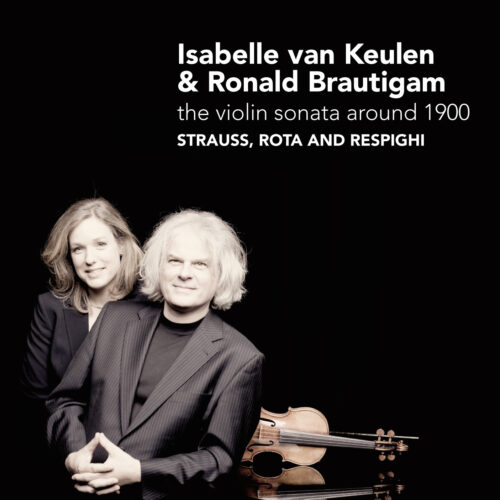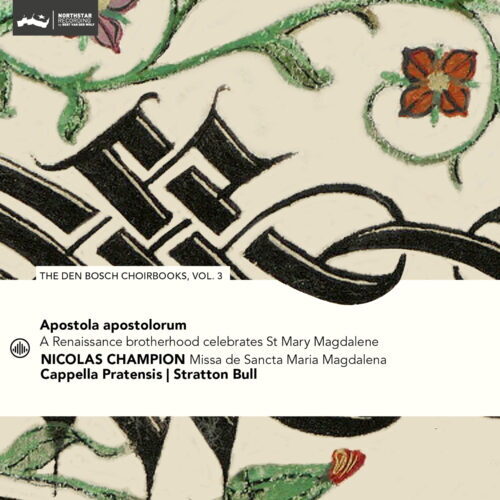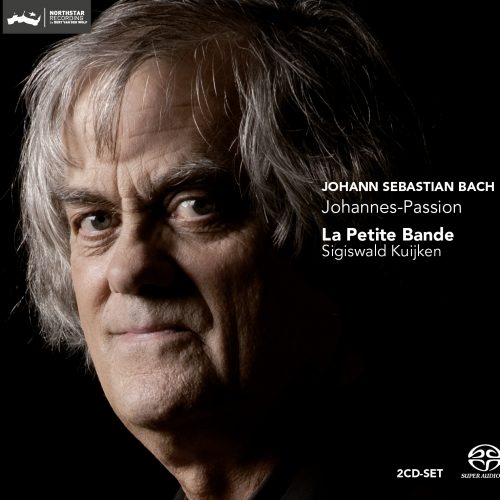Apart from brief, introductory stops at The Young Person’s Guide to the Orchestra and Variations on a Theme of Frank Bridge (both of which are orchestral Variations set on another English composer’s musical kernel), Benjamin Britten is best known for his operas and vocal music. But amid his output are also eight concertos, only one of them famous, two known, two obscure or unfinished, and two hiding in plain sight.
The 1932 Double Concerto for Violin, Viola, and Orchestra was an advanced student work, written half a year after Britten had received the Royal College of Music’s Ernest Farrar Prize for Composition and the penultimate work before he began attaching the seal of official approval—opus numbers—to his works. Britten wrote with displeasure about its “fatuous slow movement”, but Christopher Mark suggests in the Cambridge Companion to Benjamin Britten that it approaches the Sinfonietta op.1 in quality. Britten never wrote it out inorchestral score.
In 1938, after Britten moved into the Old Mill at Snape, he wrote his Piano Concerto “No.1”—an optimistic if ultimately misleading designation, since Britten was not to write another piano concerto in the strict sense. It was a fine success and immediately premiered at the Proms by Sir Henry Wood and the BBC Symphony Orchestra—although then still with the original slow movement which Britten later replaced with a Passacaglia typical, by then, for his style.
Tracklist
Please note that the below previews are loaded as 44.1 kHz / 16 bit.Total time: 01:02:48
Additional information
| Label | |
|---|---|
| SKU | CC72627 |
| Qualities | |
| Channels | 2ch Stereo, 5 Channel Surround Sound, 2ch Stereo & 5ch Surround |
| Artists | |
| Composers | |
| Genres | |
| Recording Type & Bit Rate | DSD64 |
| Recording location | Jesus Christus Kirche Berlin – Dahlem |
| Recording Engineer | Steven Maes, Sander Van Laere |
| Producer | Felicia Bockstael |
| Mastering Engineer | |
| Original Recording Format | |
| Conductors | |
| Instruments | |
| Release Date | August 20, 2014 |
Press reviews
Lines That Have Escaped Destruction
Another admirable release by violinist Linus Roth. Roth’s playing is faultless throughout with the Deutsches Symphonie-Orchester Berlin providing a lush cushion for Roth’s soloistic antics. The release also has the selling point of being a DSD recording, should you have suitable equipment to enjoy it.
The album features the excellent programming of combining Britten and Weinberg; while the close connections between Britten and Shostakovich have often been noted, the influence on Weinberg is an underexplored topic itself.
The solo part for the Britten, while virtuosic, also demands a great sense of leading a drama. Roth fills the position of orator admirably, with little doubt as to his coolness in the role. Balance across the orchestra is excellent, giving a well-polished sound, particularly emphasized in the ‘punching’ gestures to be heard in the middle movement. The recording throughout is nuanced and warm, paying attention to the delicacies of Britten’s orchestration, as well as the ferocity of his punctuating motifs throughout.
Next, I turn to a work that I am much more familiar with, Weinberg’s Violin Concerto, Op. 67. The first movement opens with a strident gesture, quickly answered by the soloist. This immediately establishes the soloist-ensemble dialogue over the course of the work – that the Violin solo really does lead the music, in a brawling drama that is fully sustained over the course of the whole Concerto. Roth’s handling of the virtuosic part is excellent throughout, never rising above a controlled restraint through the most fiendish passages, while also extremely tender in the Adagio movement.
Overall, I cannot fault this recording, particularly the lush sound engineering. I can only hope that this album can serve as a persuasive case to encourage other violinists to take up both of these works – but especially the Weinberg.
Only logged in customers who have purchased this product may leave a review.






Reviews
There are no reviews yet.